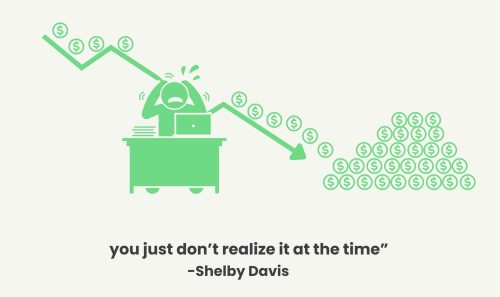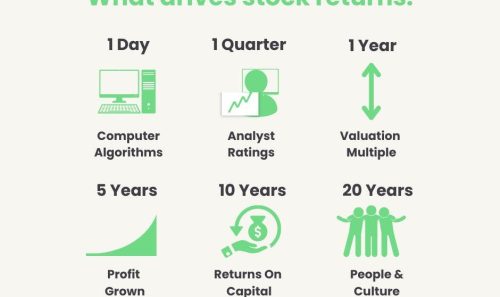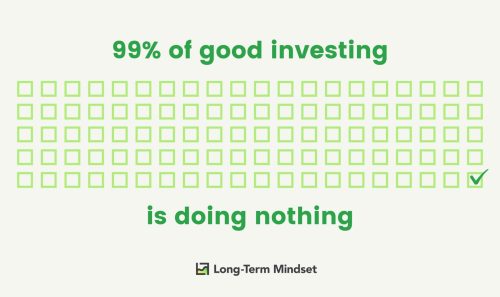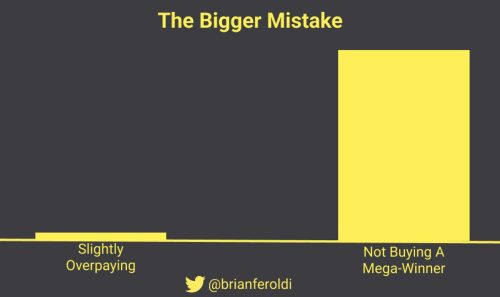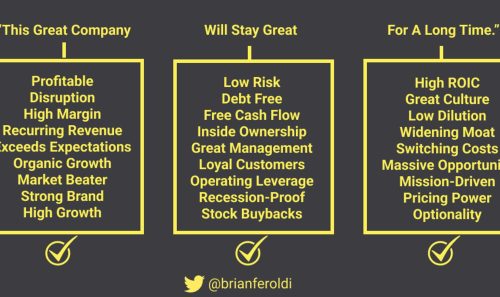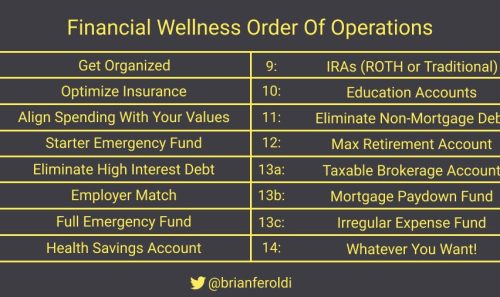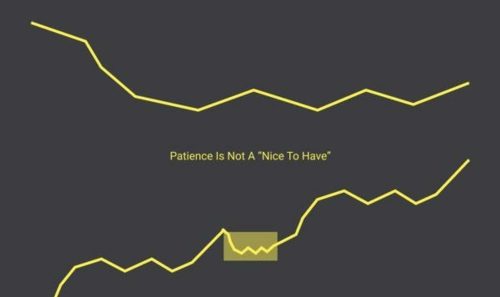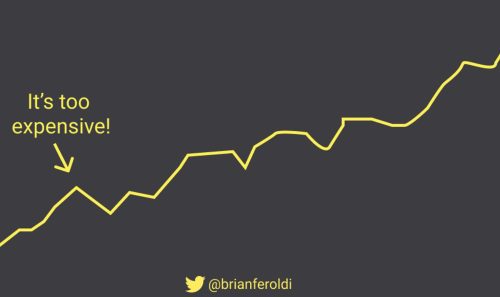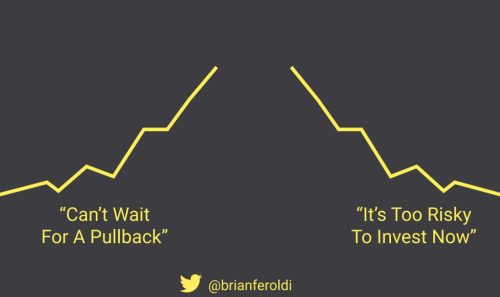🧠 Is The Market 60% Overvalued?
View Online | Sign Up | Advertise
Friends,
While humans have been around for almost 300,000 years, we only have stock market data going back 152 years. That said, it provides what appears to be a robust track record.
According to the data (back to 1871), today’s S&P 500 is very overvalued.
Consider:
- The historical average P/E for the S&P 500 is roughly 16.
- Today, the S&P 500 trades for 26 times trailing earnings.
That means the S&P 500 is 60% overvalued compared to its historical average.
|
Image Source: Multpl.com |
Does this mean you should sell everything and get out now?
There’s no telling what will happen next in the markets, but we think the answer is a firm “no.”
That’s because the historical average P/E ratio might not be helpful as it may appear. To understand why, a short history lesson can provide some critical nuance.
Here’s what we mean:
- The Wild West: From 1871 until 1929, there was no SEC. and scant public data on companies. Investors only knew a company was legit by the dividend it offered. That was all that mattered. No one cared about the P/E ratio. That’s 58 years of useless data.
- The Scars of the Great Depression: For the next three decades, the leading investing voice was Benjamin Graham. He was so scarred from losing money in the Depression that he only emphasized buying companies trading for less than their working capital. That’s simply not the case anymore. Another 30 years of less helpful data.
- The Pre-Internet Days: From 1960 to 1992, the average S&P 500 company only grew earnings per share by 0.2% per year. But from 1992 to 2021 — thanks to the Internet, low-interest rates, and globalization — they grew by 6.5% per year. All of a sudden, it made sense to pay for growth! Another three decades of data for the dustbin.
Admittedly, that leaves us with just 30 years of valuable data. But in those 30 years, the average P/E for the market was 24.7. That makes today’s market not 60% overvalued — just 6% overvalued.
That’s a much more comfortable range to be in.
This is a good example of why valuation can be so confusing. And this is for the market as a whole. Valuation gets even more nuanced when it comes to individual companies.
If you want to go deeper into how valuation works, join us for the second cohort of Valuation Explained Simply, which starts on August 7th.
In the course, we’ll use four valuation methods — Total Addressable Market, Common Multiples, Discounted Cash Flows (DCF), and Reverse DCFs — to show how businesses are valued.
If that interests you, use the code BBFRIEND249 at checkout to knock $249 off the price.*
Reviews from our first cohort in March were great, and we hope you join us in August.
Whether or not you join us, wishing you a highly valuable week of summer,
– Brian Feroldi, Brian Stoffel, & Brian Withers
P.S. The code BBFRIEND249 expires this Sunday (July 30th) at midnight EST.
Sponsor this Newsletter
Guess what? You’re reading promotional content in a newsletter. Sponsoring influencer newsletters, like mine, is a great way to reach engaged and targeted audiences. It will build your brand — whether that is your personal brand or your business.
The Long Term Mindset newsletter is part of the ConvertKit Sponsor Network. This network connects businesses to audiences of newsletter readers. For example, you can sponsor Long Term Mindset and connect with about ~80,000 people with similar interests to yours.
One Simple Graphic:
|
|
One Piece of Timeless Content:
The “Wait But Why” blog by Tim Urban is a treasure trove of thoughtful insights. His Your Life in Weeks post is one of my all-time favorites. Initially, it might seem a bit discouraging– but I hope you find it a wonderful reminder that your life is yours to craft how you want.
One Twitter Thread:
I imagine many of you have an Estate Plan — a critical set of documents such as a Will, Health Care Power of Attorney, and other records that will aid your surviving family members in making decisions in the event of your passing.
But do you have a Green Box? Michael Girdley explains what it is, why it’s critical, and most importantly–what should be in the box.
|
One Resource:
We are huge fans of investors who focus on buying quality businesses and holding for the long term. Better yet, we love investors who share their process freely for others to follow. That’s why we love the Compounding Quality newsletter, an excellent combination of all those traits. Check it out if you like to buy high-quality compounding machines.
One Quote:
|
|
More From Us:
👨🎓 The next cohort of Valuation Explained Simply starts on August 7th. Use the code BBFRIEND249 at checkout to save $249.
📗 If you’ve read Brian Feroldi’s book, he’d love a review.
👨🎓 Interested in learning to read financial statements? Check out Financial Statements Explained Simply. Purchase the replays & materials here.
|



.png)
